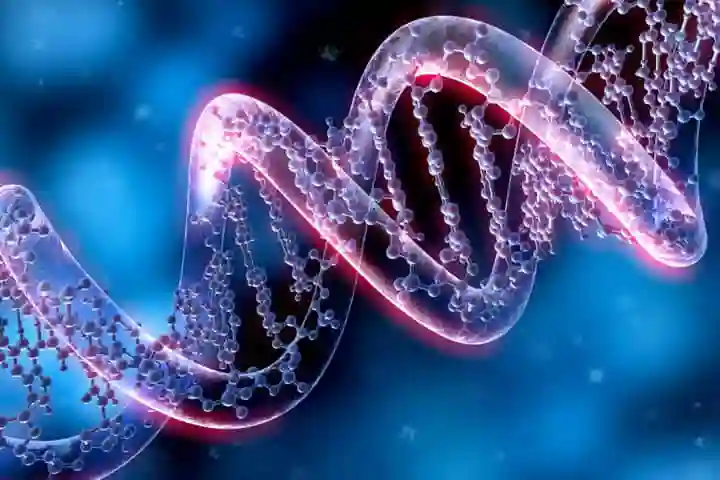A new study done by the CSIR-Centre for Cellular and Molecular Biology (CCMB), Hyderabad, Birbal Sahni Institute of Palaeosciences (BSIP) in Lucknow, and others, has revealed some astonishing findings. It suggests that a majority of the Roman Catholic people from Goa and Mangalore regions, are genetically close to early lineage of Gaur Saraswat community, according to a CCMB release.
The Roman Catholic group which is a part of the rich diverse ethno-linguistic groups of India’s west coast is suggested by many to be related to Gaur Saraswat while some state they are from the Jews Lost tribes, who arrived in India in the first Century, according to a write-up in news18.com.
Until now, there was no study conducted in order to zero on the Roman Catholic group’s history and origin. The present one is the first, and it was done by Kumarasamy Thangaraj, Chief Scientist of CSIR-CCMB and Director, Centre for DNA Fingerprinting and Diagnostics, and Niraj Rai, Senior Scientist, DST-BSIP, Birbal Sahni Institute of Palaeosciences (BSIP).
Also read: Archaeological Survey of India to formulate 5-year plan for conservation of Jagannath Temple
The scientists took DNA samples of 110 individuals belonging to the Roman Catholic community from Goa, Kumta and Mangalore and compared it with the earlier available DNA data from India and West Eurasia. All this information was studied along with other archaeological, linguistic and historical records.
Through all this research the team was able to understand important details about the history of the Roman Catholics of South West India and the demographic changes they underwent from the Iron Age and how they are related to the present Indian population.
According to the Press release, following the study, the experts concluded that Roman Catholics of Goa, Kumta and Mangalore regions are the remnants of very early lineages of Brahmin community of India, majorly with Indo-European-specific genetic composition.
Sharing details, Thangaraj, the study’s senior author said: “Our genetic study revealed that majority of the Roman Catholics are genetically close to an early lineage of Gaur Saraswat community. More than 40 percent of their paternally inherited Y chromosomes can be grouped under R1a haplogroup. Such a genetic signal is prevalent among populations of north India, middle East and Europe, and unique to this population in Konkan region.”
Interestingly, it was found that the Portuguese “inquisition” in Goa had a consequence on their population while there was some Jewish component too.
Rai, who is the co-author observed: “This study strongly suggests profound cultural transformations in the ancient South West of India. This has mostly happened due to continuous migration and mixing events since the last 2,500 years.”
The findings of the study appeared in Human Genetics this week.
The study also saw involvement of institutes like Mangalore University, Canadian Institute for Jewish Research and Institute of Advanced Materials, Sweden.




















